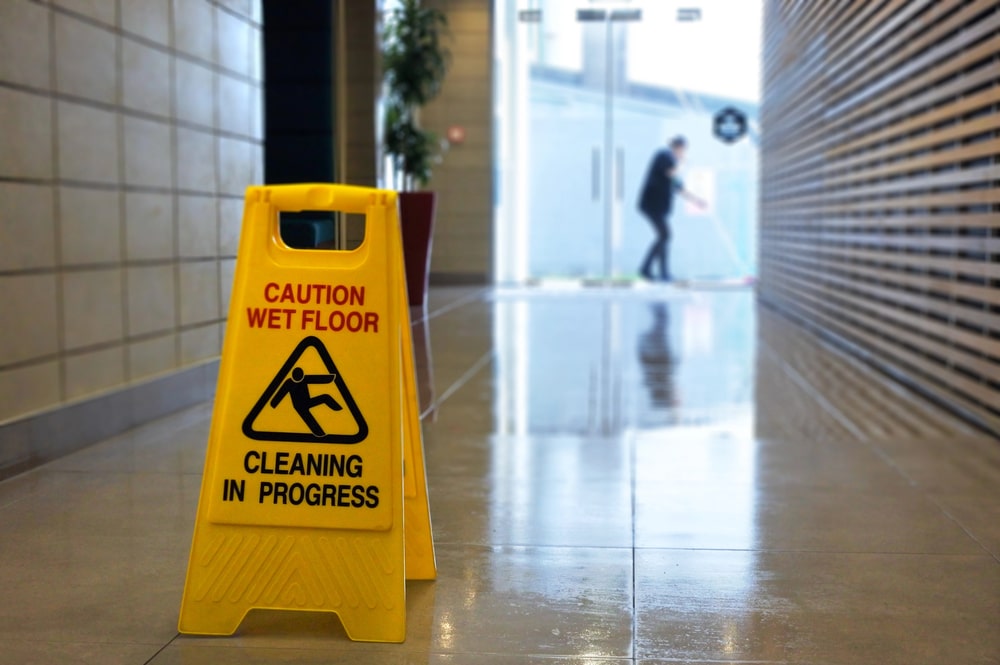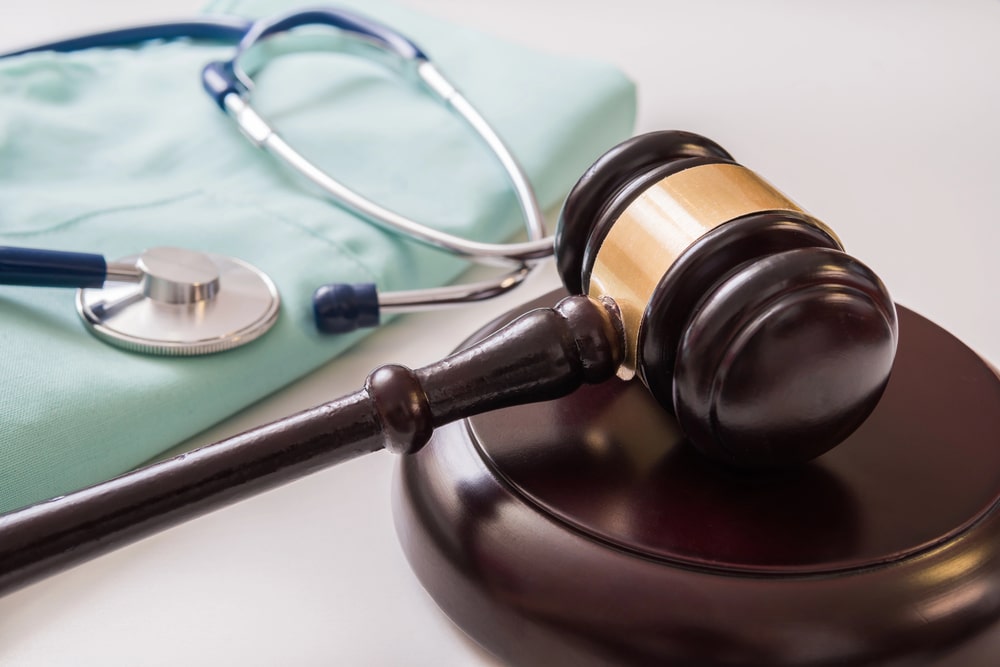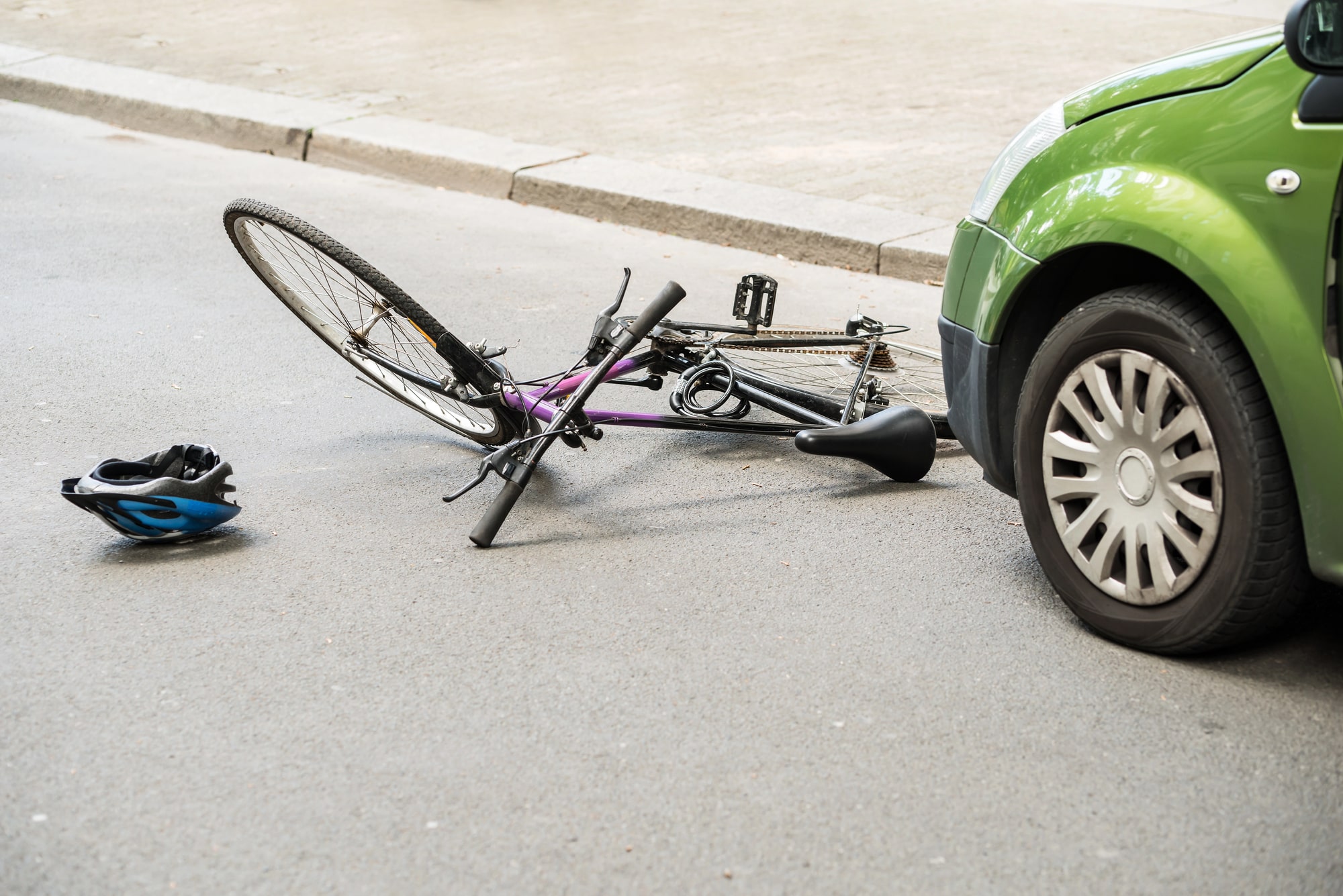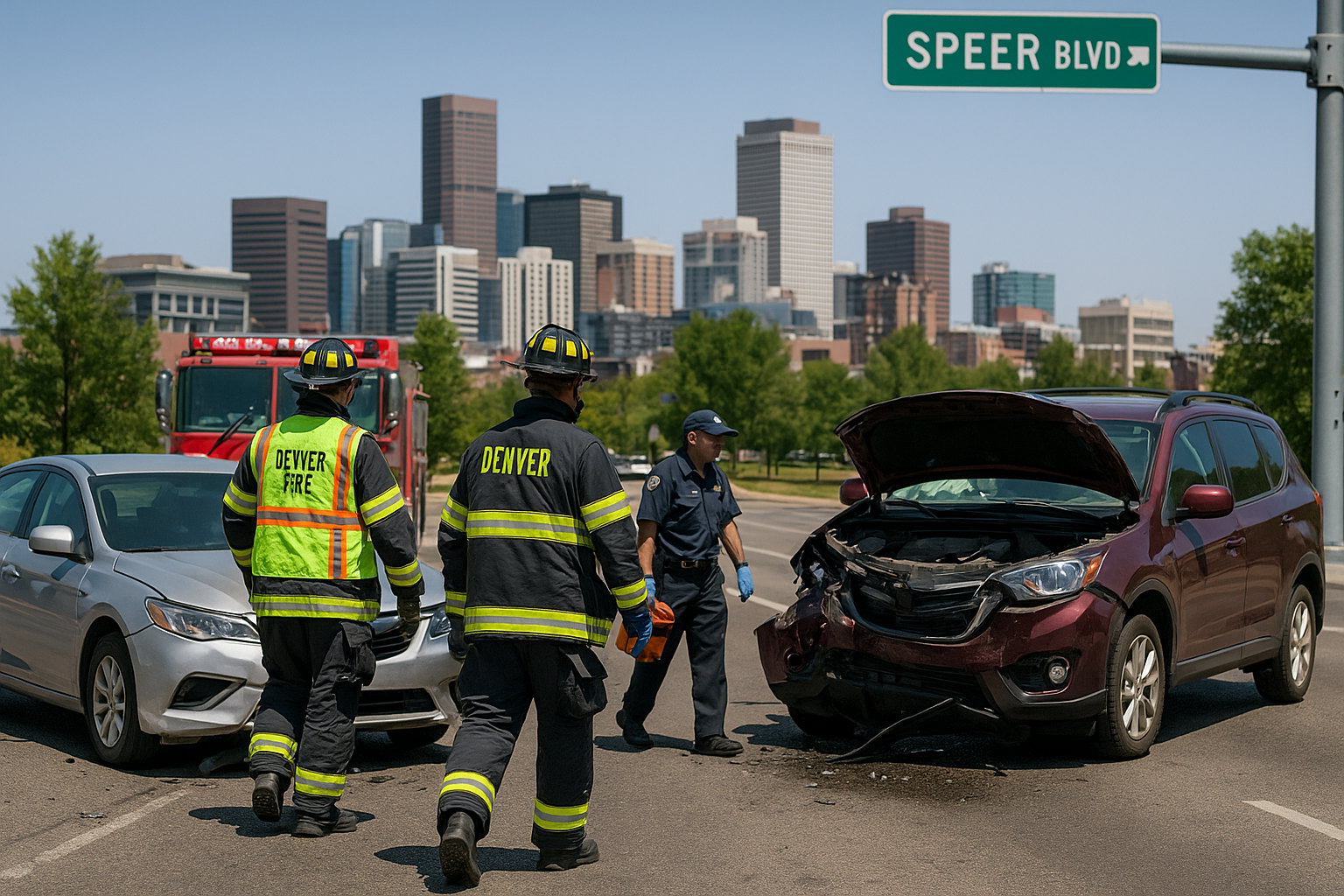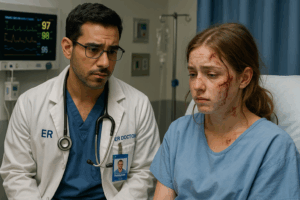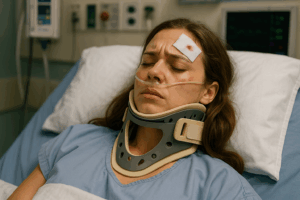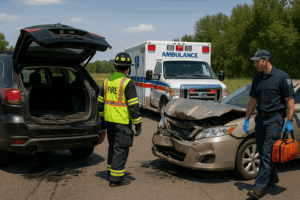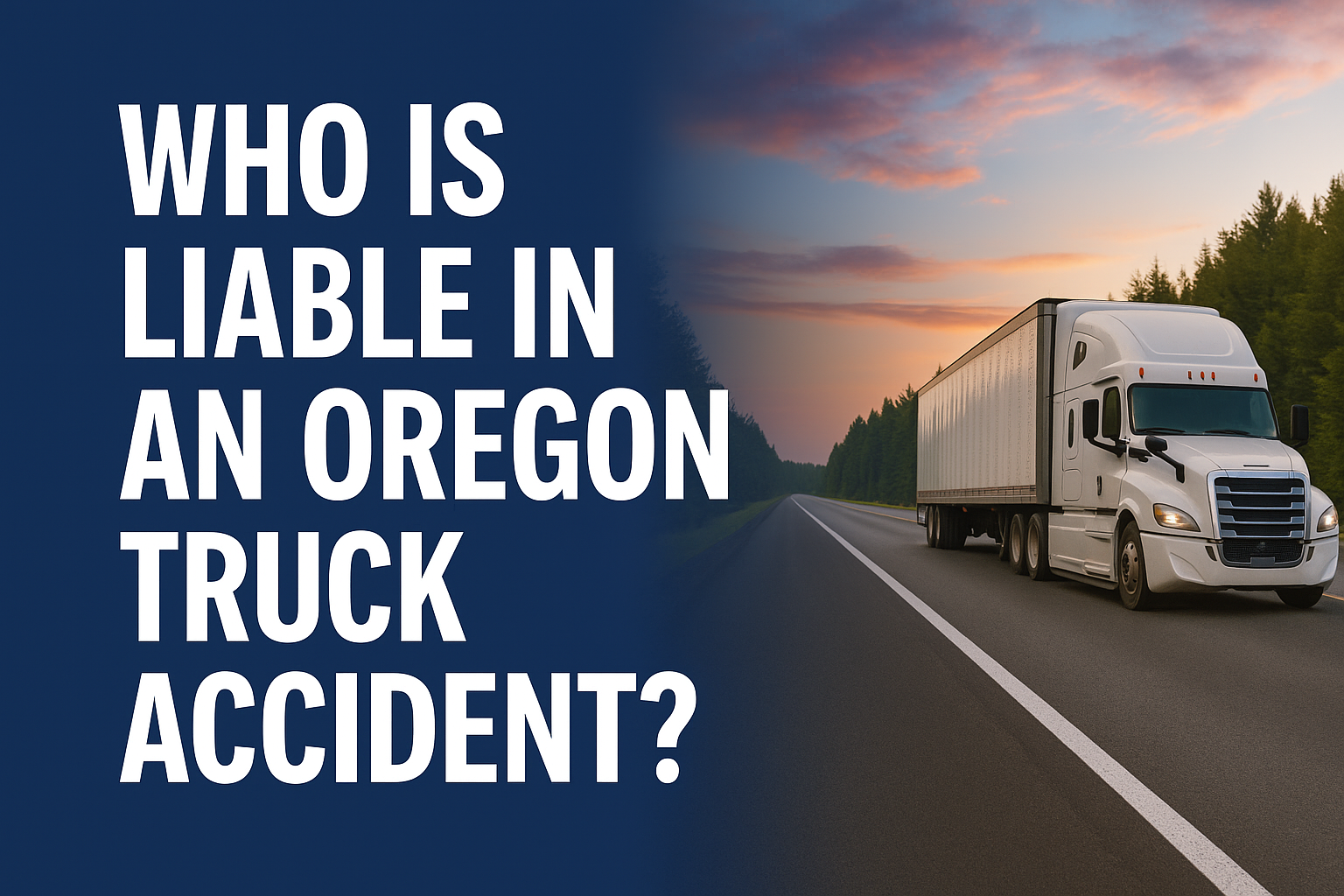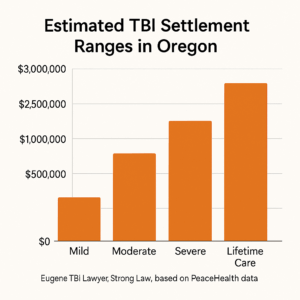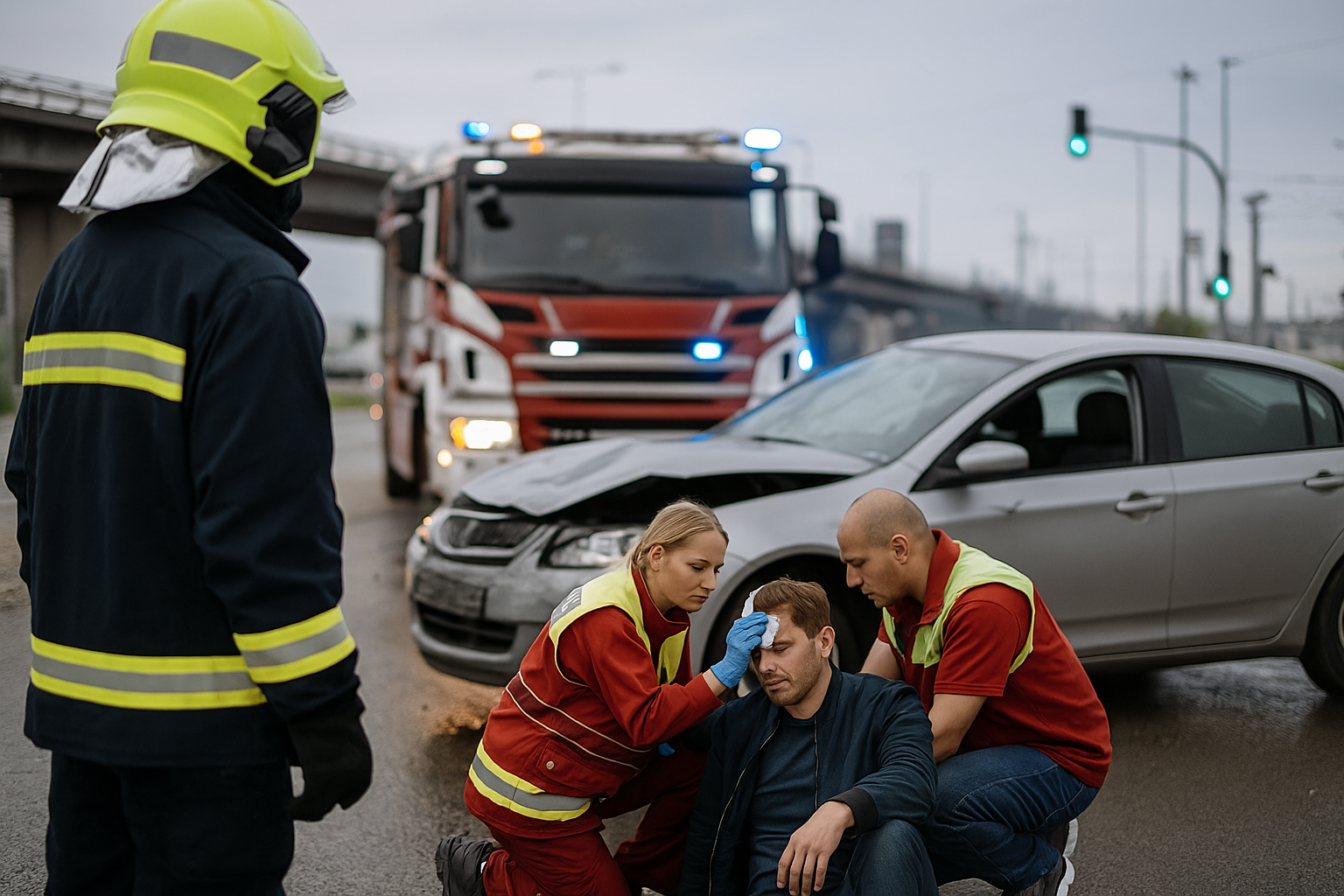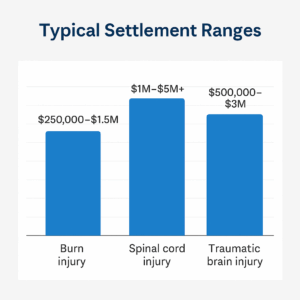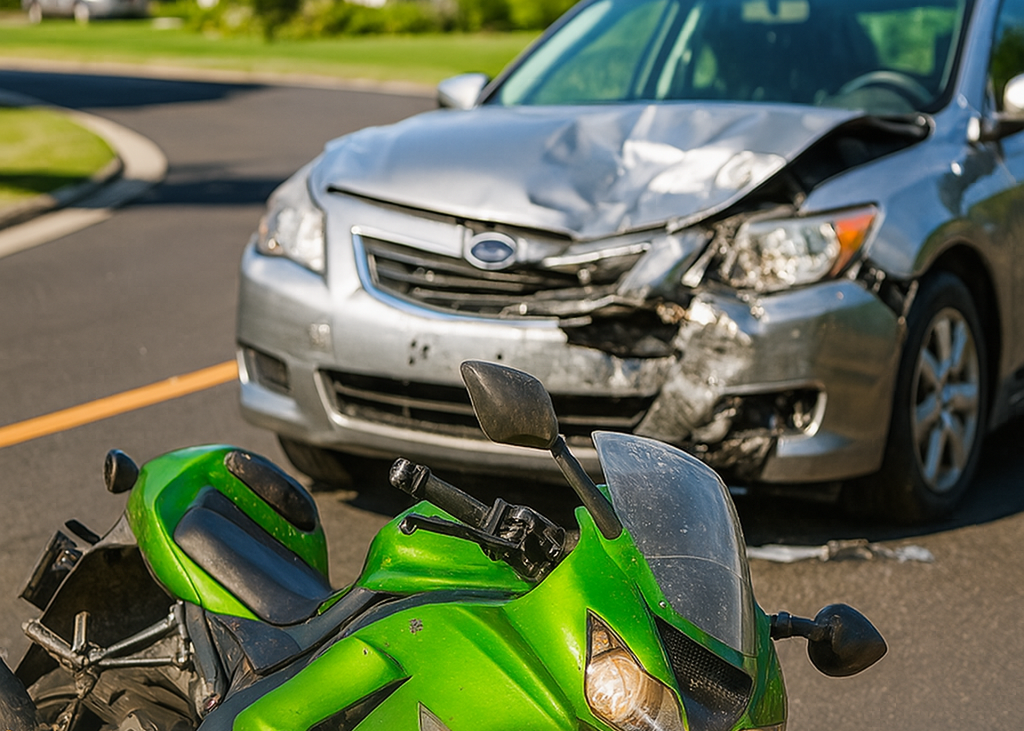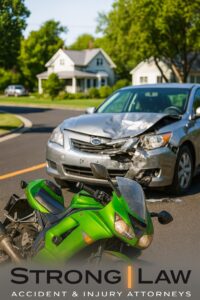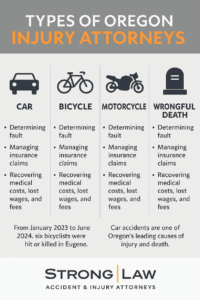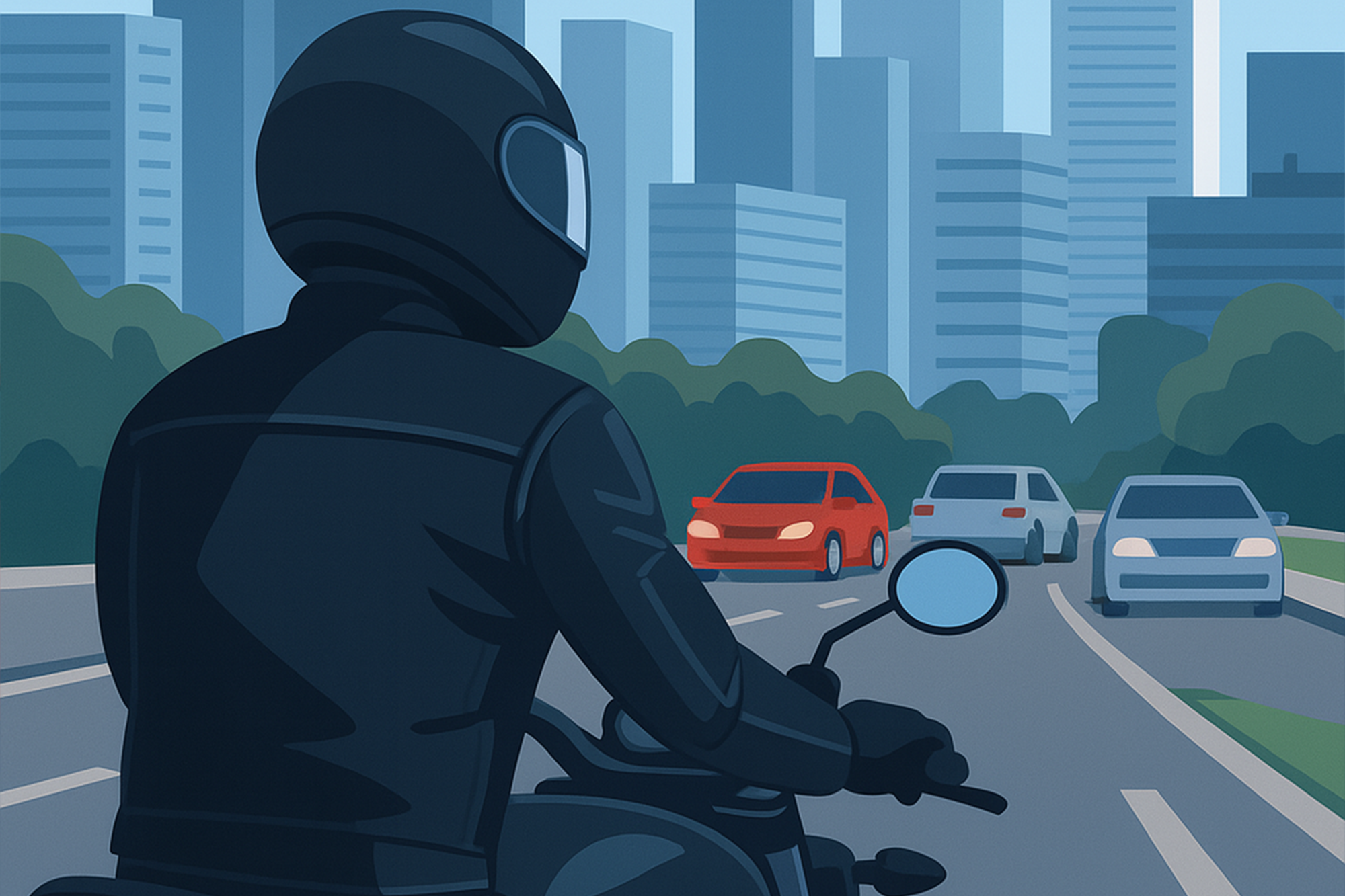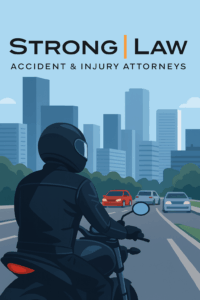Facts play a central role in slip and fall cases. Video evidence can often show details that witness statements or written reports might miss. That’s why surveillance footage has become one of the most valuable forms of documentation in these claims. Whether the fall happened in a grocery store, a parking lot, or a private business, available footage can play a central role in proving what happened and who was responsible. When we work with clients on premises liability cases, one of the first steps we take is to request access to video recordings if any exist. At Strong Law Accident & Injury Attorneys, our legal team is prepared to help evaluate, preserve, and use footage as part of a strategy for pursuing compensation. If you’ve been injured after a fall, we encourage you to speak with a Tacoma, WA slip and fall lawyer about your legal options.
Why Video Evidence Matters In Slip And Fall Claims
Footage can establish the condition of the property at the time of the incident. It can show if a liquid spill was left unattended, if a rug was bunched up near an entrance, or if ice was not treated outside a business. These details are crucial for proving that the hazard existed and that the property owner failed to fix it or warn about it.
Surveillance may also show how long the hazard was present. In many cases, this can affect whether the owner or staff had a reasonable amount of time to take corrective action. A freshly spilled drink that someone immediately slips on may not lead to liability. However, if that same spill sat on the floor for 30 minutes while several employees passed by without addressing it, the circumstances are different.
Video Can Strengthen Or Challenge A Claim
It’s important to be prepared for both sides of the story. While surveillance can support the injured party’s account, it may also show behavior that weakens the claim. For example, if someone was distracted by a phone and didn’t notice a clearly posted warning sign, the property owner’s defense may focus on comparative negligence.
That’s why reviewing the footage in context is essential. It gives us the opportunity to build a complete picture and prepare for any arguments the defense may raise. It also helps prevent surprises during settlement negotiations or in court.
Preserving And Requesting Footage
Many businesses only keep surveillance video for a short time—sometimes as little as 24 to 72 hours. If action isn’t taken quickly, the footage may be deleted. That’s why we often send a formal request to preserve evidence as soon as we take on a case.
In some cases, we may also work with third parties, like neighboring businesses, to check if their cameras recorded the incident. This broader approach can be helpful when the primary location doesn’t have a good angle or the footage is incomplete.
Why Timing And Legal Support Matter
Acting quickly and knowing what to request can make a major difference. Having a legal team that understands how to obtain and use surveillance effectively can increase the strength of your case and support your chances of a fair outcome. This is especially true when dealing with insurance companies that may try to downplay what happened.
Securing Evidence Early Leads To Better Results
We’ve seen how valuable well-preserved surveillance footage can be when building a strong slip and fall claim. It can provide clarity, remove doubt, and help support the injured party’s account. At Strong Law Accident & Injury Attorneys, we take steps early in the process to identify available video and use it strategically throughout the case. If you’ve been hurt due to unsafe conditions on someone else’s property, speak with our slip and fall lawyer from our team today for a free consultation.

